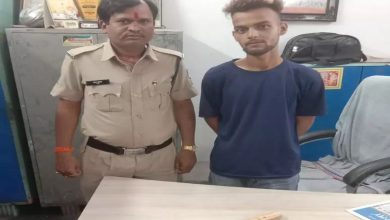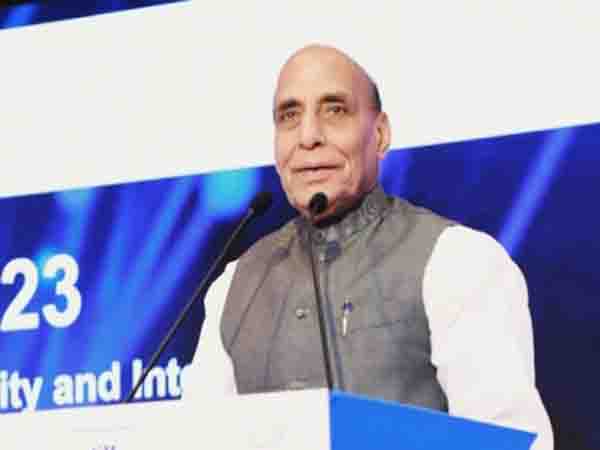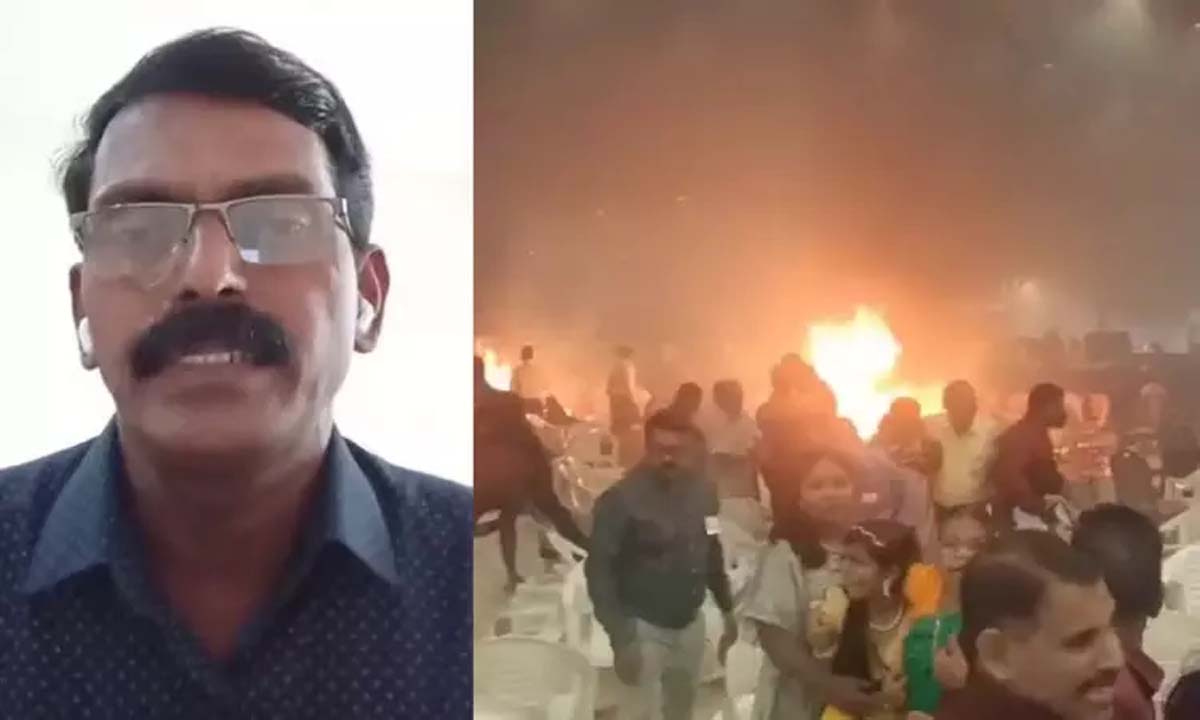Northern states represent ‘Gaumudra’, not ‘Gaumutra’ Telangana Governor Tamilisai

AHMEDABAD: Telangana Governor Tamilisai Sundarajan on Friday said the northern state represents ‘Gaumudra’ (symbol of the sacred cow) and not ‘Gaumutra’ (cow urine), a comment coming after or as a result of. a controversial statement made by a member of the It has come up in context. DMK’s Lok Sabha in Parliament. Dravida Munnetra Kazhagam (DMK) Lok Sabha member DNV Senthil Kumar on Tuesday courted controversy after making a controversial reference to the Hindi-speaking states at the root of the BJP’s recent election victories in Madhya Pradesh, Chhattisgarh and Rajasthan. Tamil Nadu Deputy made controversial remarks while participating in a debate in the Lok Sabha. Sundararajan described Kumar’s statement as “unfortunate”. And I felt really bad when a member of my own Tamil Nadu Parliament mentioned about the northern states. Like the ‘cow urine’ states and also distinguishing them from the states of the south”, he said. The Governor said this at the ‘Conclave of Economic Cultural’ organized by India Think Council and Gujarat University here. There should be respect. In ancient times, people of Tamil Nadu maintain Hundiyal only in front of God. He will spend some money on it every day so that he can visit Kashi (actual Varanasi in UP) at least once in his life using the money he saves”, said Soundararajan, who is the Lieutenant Governor of Puducherry. are also. Governor Sundararajan said that the people of India are spiritually united and rejected attempts to divide them on regional lines. In his speech to university students and professors, he said, “How can we divide the people? Spiritually the people are not divided. Politically some people want to divide, but that cannot happen because this country The people are united spiritually.” , In Tamil Nadu, people do not mention Kashi and Rameshwaram (temple towns in the southern state) separately. People say Kashi-Rameshwaram. Because the one who goes to Kashi also comes to Rameshwaram to complete his spiritual journey. And those who came to Rameshwaram, also came to Kashi, stayed there. Speaking about the need for a strong cultural economy he said that although “more than 20,000 temples were destroyed in the country in the last 100 years”, these places of worship are now being developed. Citing the example of the recently renovated temple of Shri Kalika Mata on the hill of Pavagadh in Gujarat, he highlighted the need to develop more temples to boost the local economy related to them. Before the renovation, the Kalika Mata temple in Pavagadh attracted only 4,000 to 5,000 devotees every day. But today, after renovation, it attracts around 80,000 devotees every day. So this is an example that we have before us”, Sundararajan said. Other suggestions mentioned by the Governor to boost the cultural economy include opening tours connecting cultural places and publishing books on various temples that describe their history and the miracles associated with them. “On the lines of Kisan Card (Credit), we can issue Peregrinación cards to devotees so that they can get concessions in nearby hotels or some preferences in pujas. Those things can be done”, he said. Management of major temples…we should think of opening welcome doors to address the queries of devotees coming from other states.
















